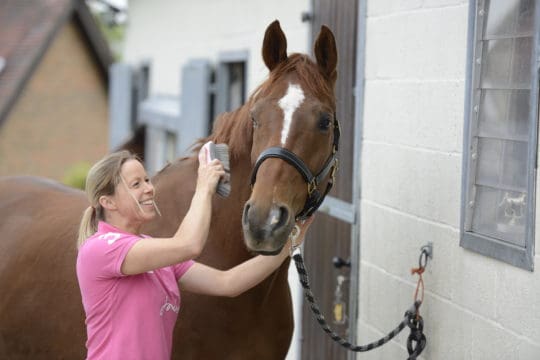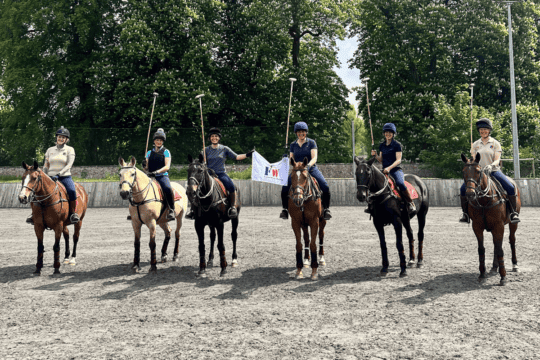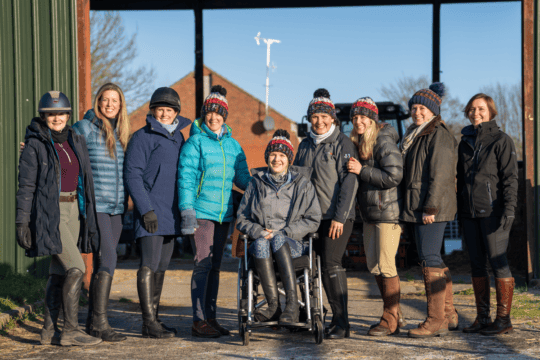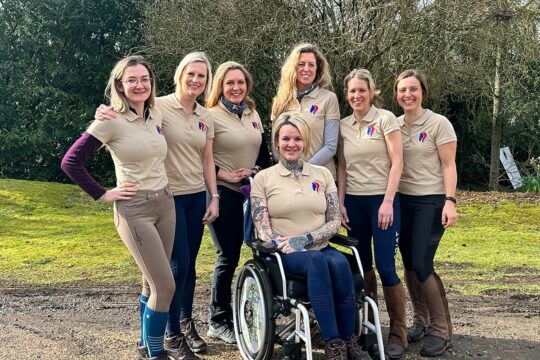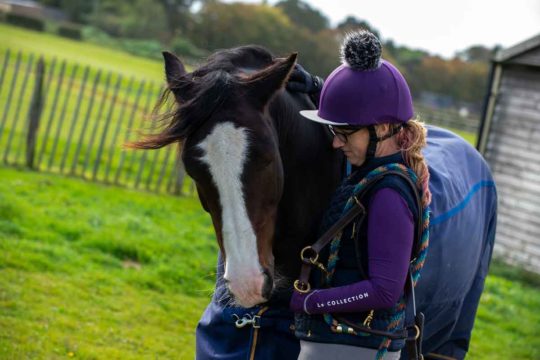
Most Read Articles
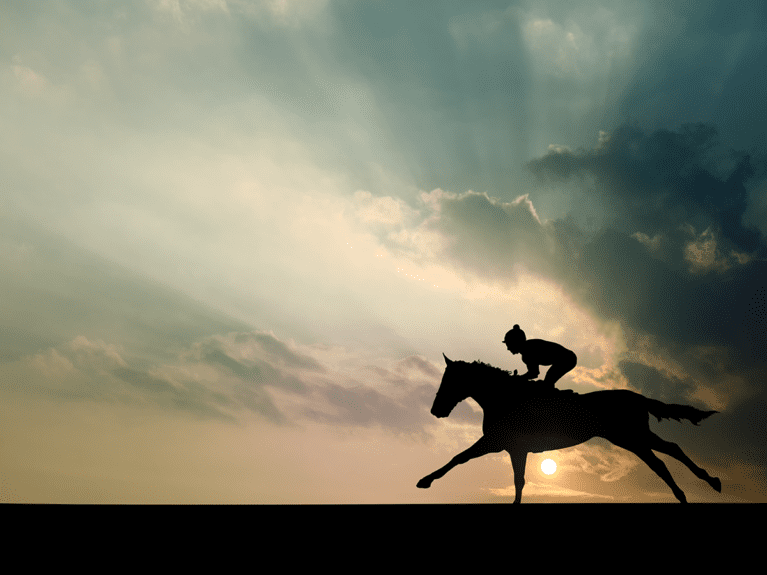
In a sport where the finest of margins can determine the winner, a new study has shown that parental age can be a determining factor in who comes out on top in races
Experts from the University of Exeter have shown that the speed of Thoroughbreds declines as parental age at conception increases. The research team analysed more than 900,000 race performances from more than 100,000 racehorses from races across Great Britain.
They found that the age of both the dams and sires of the horses played a significant role in the overall speed of the racehorses.
The researchers believe the study can play a pivotal part not only in optimising racehorse breeding, but crucially offers further evidence that parental age can affect offspring characteristics.
“The fact that parental age affects racehorse speed should be of interest to the horseracing industry,” said Dr Patrick Sharman, Postdoctoral Research Associate from the Centre for Ecology and Conservation at the University of Exeter’s Penryn Campus in Cornwall. “More generally, it adds to an increasing body of evidence that points towards parental ‘state’ at the time of conception having an influence on offspring phenotype. This would have implications well beyond racehorses and the horseracing industry.”
The effect that parental age can have on the characteristics of their offspring has been studied in several species in recent years. However, this is the first in-depth study that attempts to estimate these effects specifically for speed in Thoroughbreds.
The study analysed data from almost 25 years of British racing results, from 1996–2019. Their data included offspring of 41,107 mothers and 2,887 fathers. They found a significant effect of maternal age on speed, with each additional year decreasing the offspring speed by 0.017 yards per second.
While this may sound modest, it actually converts into a predicted difference of approximately one second over a race of one mile between a horse out of a five-year-old dam and a horse out of a 15-year-old dam, for example. Intriguingly, the paternal age also showed a decrease of 0.011 yards per second for every increasing year in stallion age – a key finding since Thoroughbred stallions play no active involvement in parental care.
“It’s perhaps not surprising that offspring speed declines with increasing maternal age. It is the dams, after all, who care for the foal, first in utero, and then through to around six months of age,” Dr Sharman added. “What I find fascinating, though, is that increasing paternal age also causes a significant decline in racehorse speed. Thoroughbred stallions play no part whatsoever is raising a foal, so what is behind this decline in speed?”
For more information or to read the study in full, click here.

